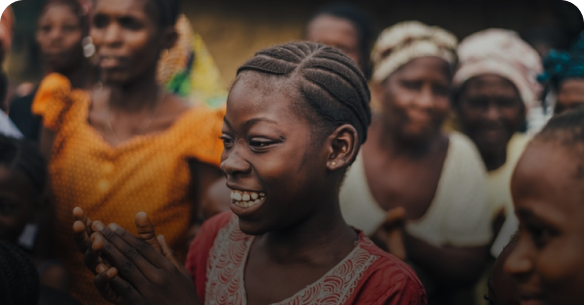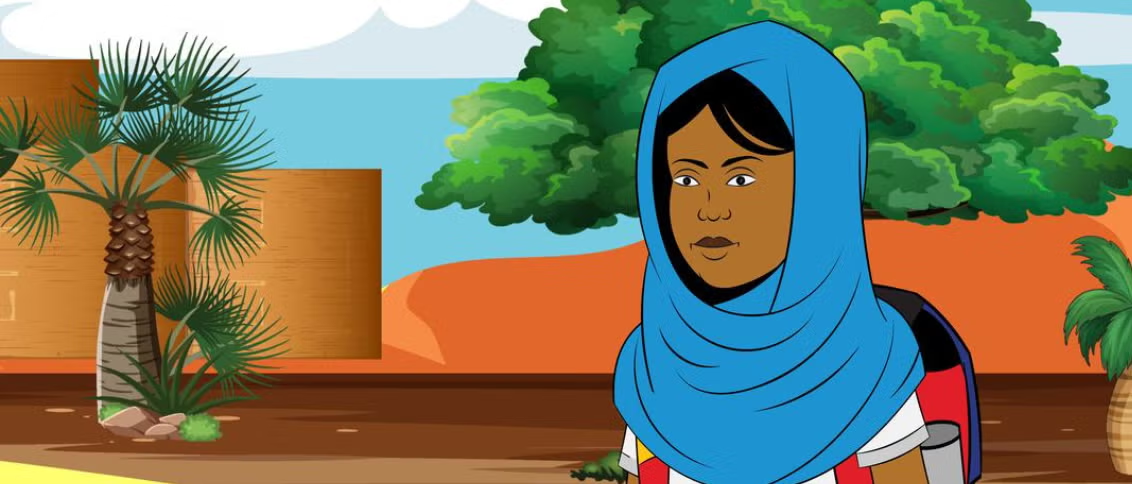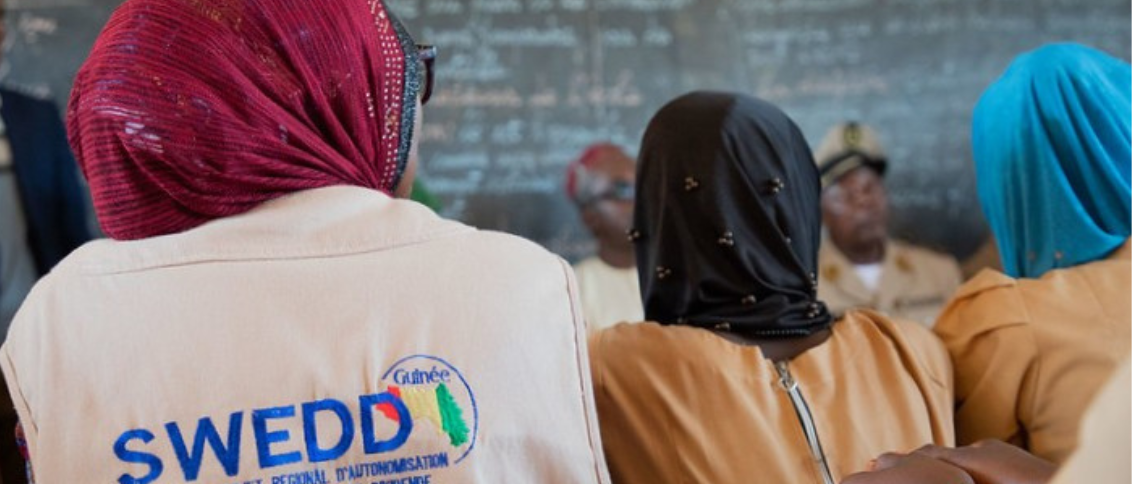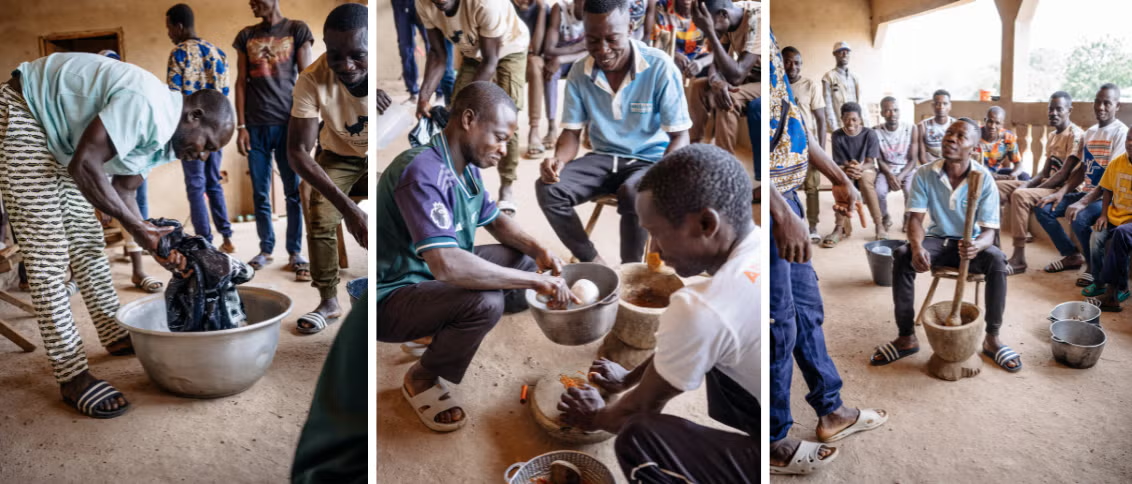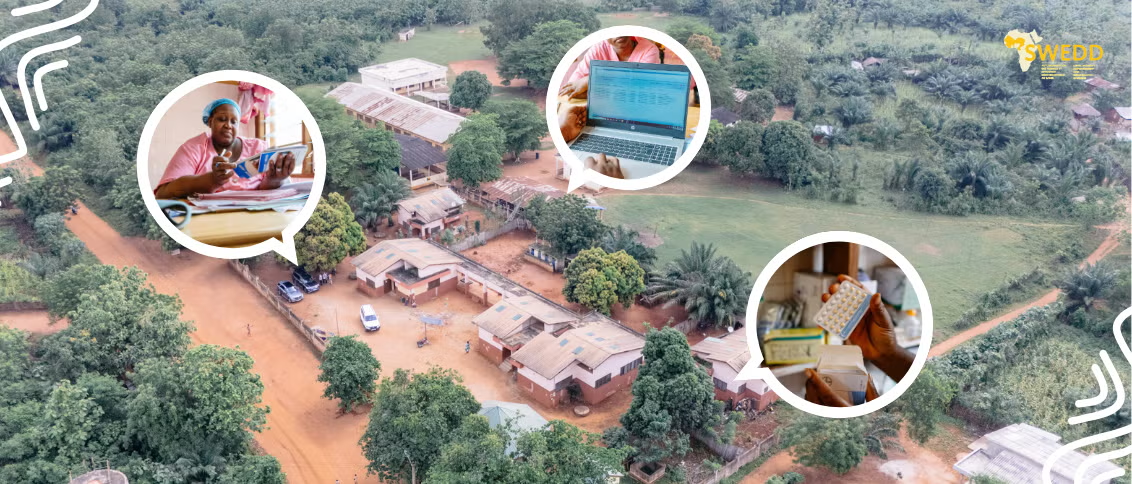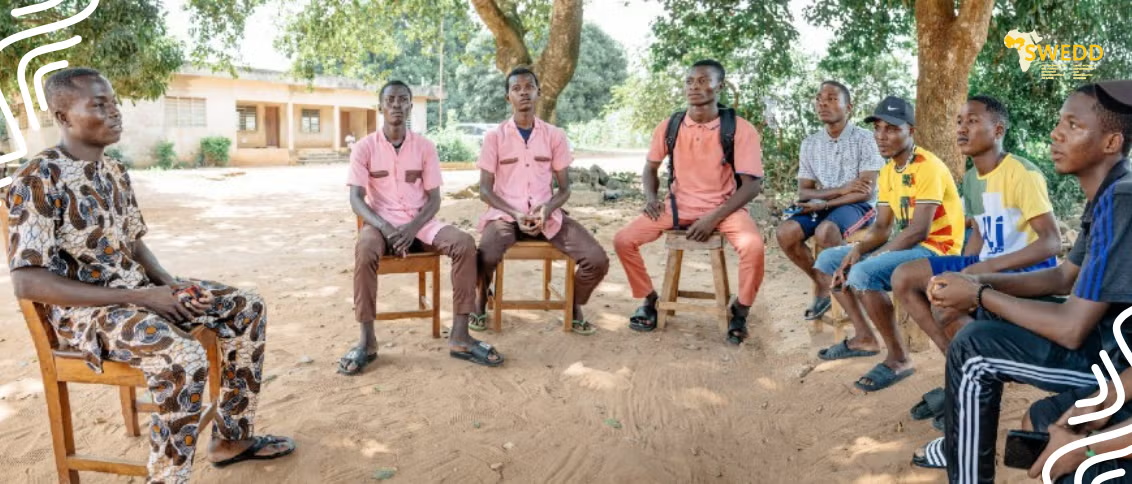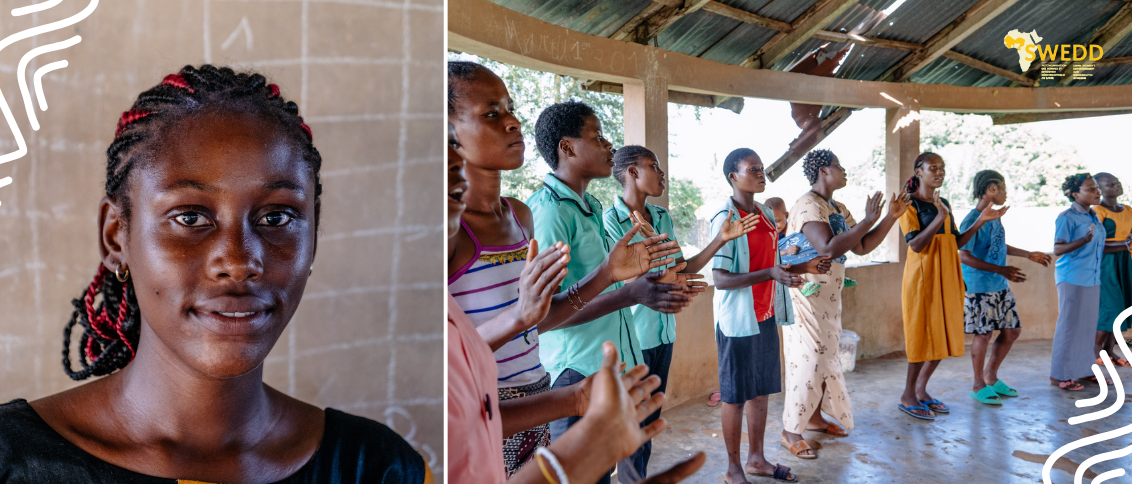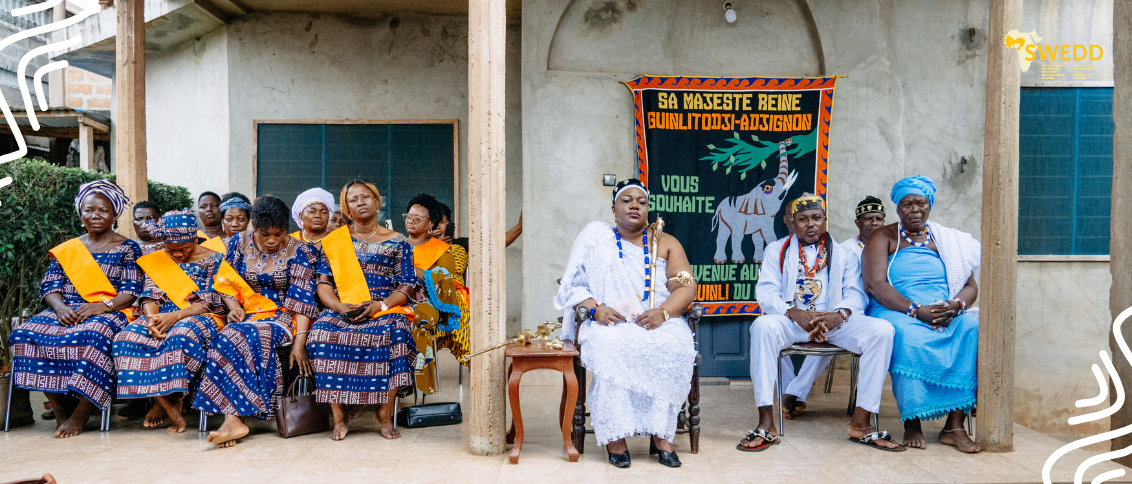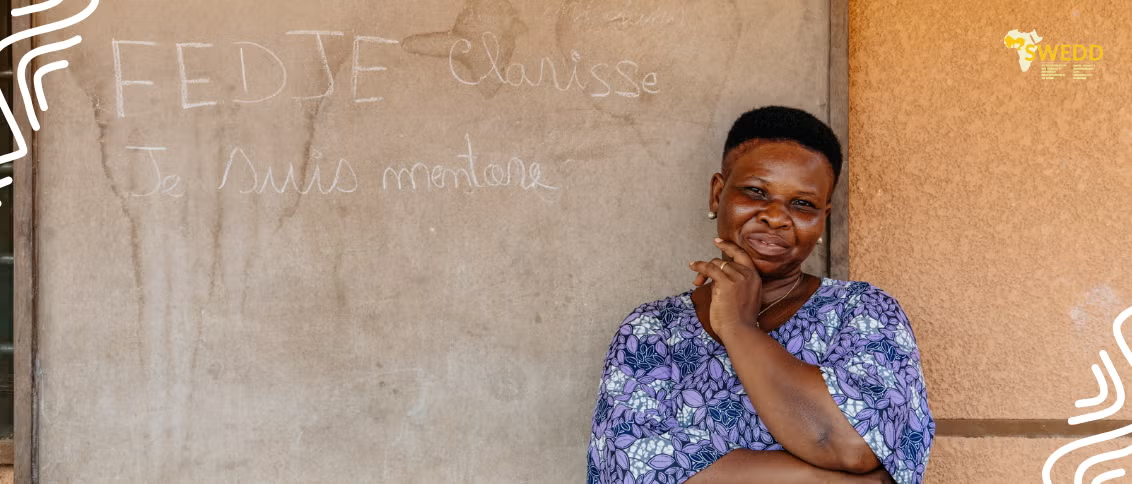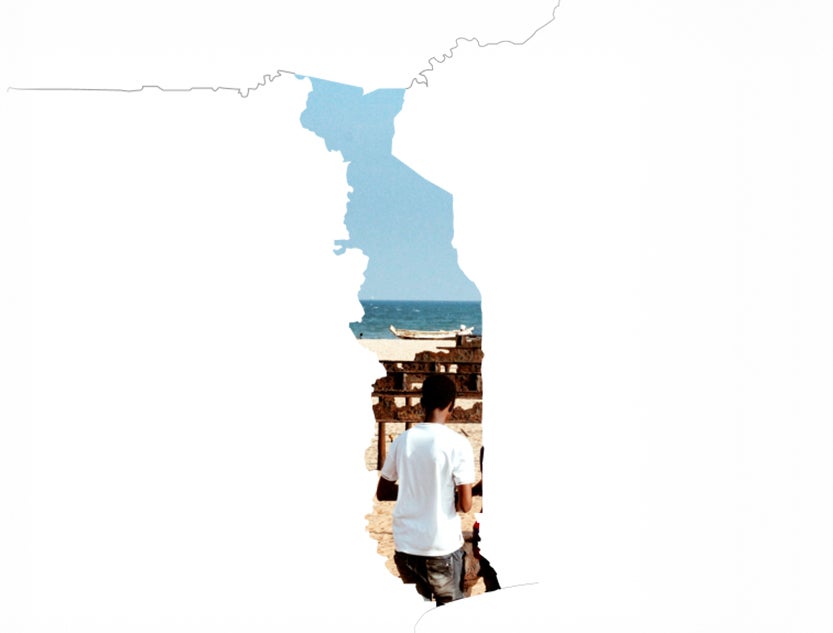
Togo
"A woman can contribute to the needs of her family, but also to the local and national economy" - Solange Mèhou Houédanou, SWEDD ambassador in Benin. Find out more

Overview
Overview
*Activate automatic English translation in the video settings
Situated on the southern edge of West Africa, Togo covers an area of 56,785 km² and is bordered to the north by Burkina Faso, to the south by the Gulf of Guinea, to the east by Benin and to the west by Ghana. The population is estimated (INSEED medium scenario) at 7,886,000 in 2021, 51.4% of them women. The population is very young, with 14% under the age of five, 38% under the age of 15, and 35.4% between the ages of 15 and 34, and 5.4% aged 60 or over. The country's population is growing at a rate of 2.84%, with a demographic dependency ratio of 100:75 (INSEED, 2010, 2015). (Fourth General Census of Population and Housing (RGPH4, 2010).
Togo's population is growing at an annual rate of 2.84%, which suggests that the population has doubled in 25 years. Urban growth is fairly strong (2.37% per year) due to a massive rural exodus. The Togolese population is characterised by a high proportion of young people (60% of Togolese are under 25) and an uneven spatial distribution (the maritime region alone accounts for 42% of the population over 1/10th of the country's surface area). According to the fourth general population and housing census carried out in 2010, life expectancy at birth is 60.8 years, with 64.2 for women and 56.4 for men. The mortality rate is 10.6 per 1000 and the birth rate is 31 per 1000.
On the economic front the introduction of various development strategies and policies has enabled the country to make progress in reviving the economy, with real GDP growing steadily by an annual average of 5.0% over the period 2013-2017. GDP rose from 4.8% in 2018 to 5.3% in 2019 thanks to an acceleration in public investment and the expansion of the industrial and agricultural sectors (INSEED, 2019).
In Togo, the profile of the demographic dividend reveals a deficit over the life cycle with a surplus gain for the 27 to 66 age bracket that does not meet the needs of the 0 to 26 and 66 plus age brackets. The window of opportunity for Togo's demographic dividend, which opened in 1991, reached its optimum in 2020 and is expected to close again by 2050.
In addition to the challenge of opening the window of opportunity for the demographic dividend, Togo faces other challenges relating to gender disparities in access to basic services, employment and reproductive health rights, which fuel gender inequalities and vulnerabilities.

